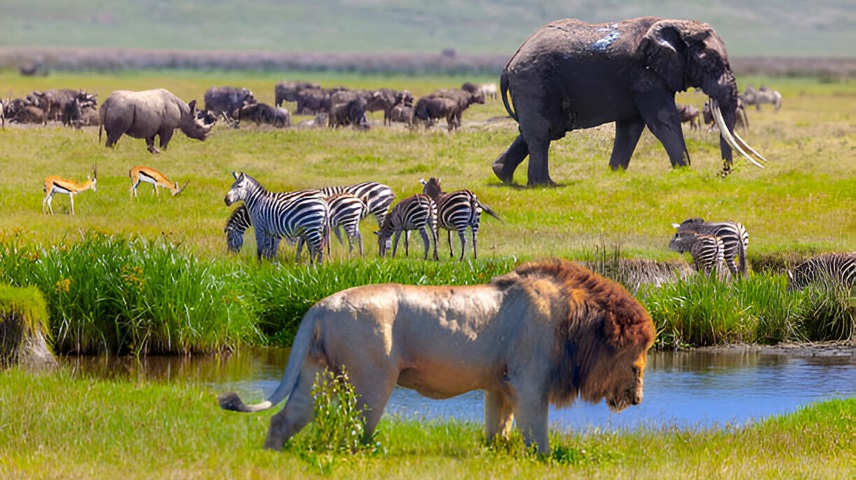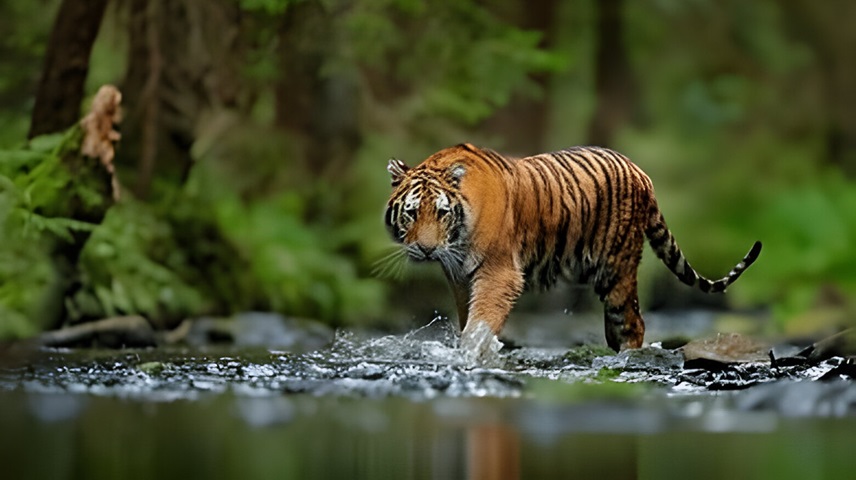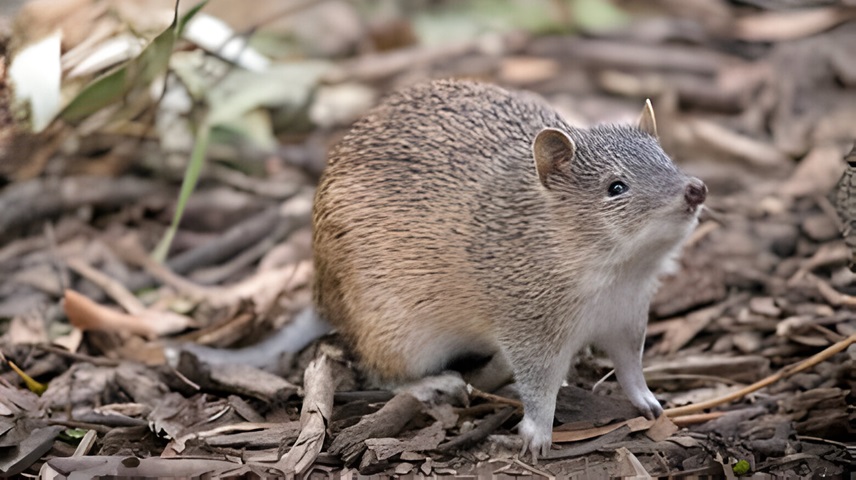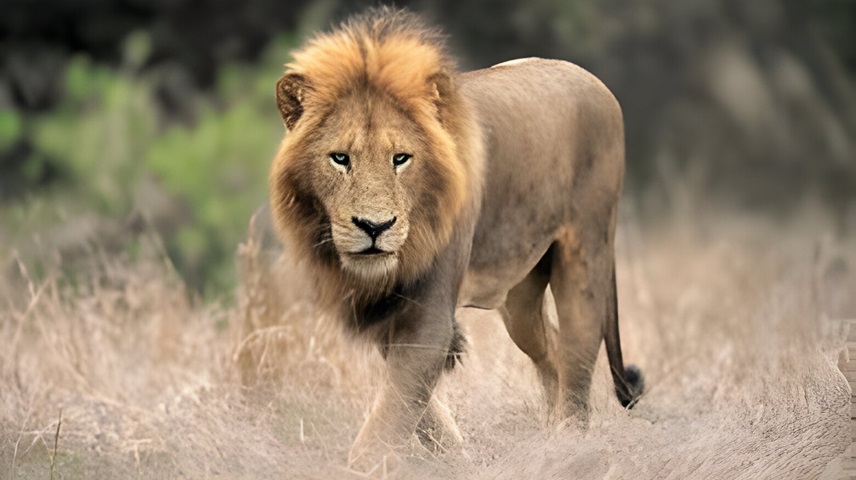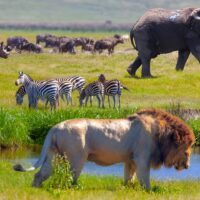Last Updated on February 22, 2025 by Mammals Life
Mammals are a diverse animal group that plays a crucial role in the world’s ecosystems. From the smallest shrew to the largest whale, mammals exhibit a wide range of forms and behaviors. This article explores the various types of mammals and their unique characteristics, offering a comprehensive understanding of these fascinating creatures.
What Are Mammals?
Mammals are a class of animals known as Mammalia. They are distinguished by several key characteristics that set them apart from other animals. Mammals are warm-blooded, have hair or fur, possess mammary glands to feed their young, have three middle ear bones, and a neocortex region in the brain that enables complex behaviors and problem-solving abilities. These features have allowed mammals to adapt to a wide variety of environments and lifestyles.
Types of Mammals
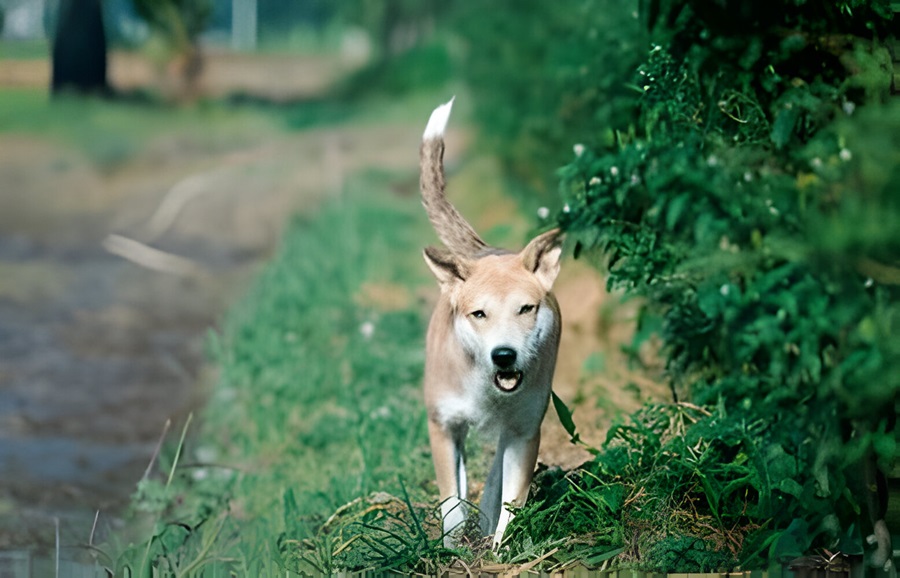
Monotremes
Monotremes are one of the most primitive groups of mammals. They are unique because they lay eggs instead of giving birth to live young. Examples of monotremes include the platypus and the echidna. These mammals are primarily found in Australia and New Guinea. The platypus, for example, has a duck-bill, webbed feet, and lays eggs. Yet, it also has mammary glands to feed its young, embodying a fascinating blend of reptilian and mammalian traits.
Marsupials
Marsupials are another distinct group of mammals, characterized by their reproductive strategy. Unlike monotremes, marsupials give birth to live young, but the newborns are often underdeveloped and complete their development in a pouch on the mother’s body. Examples of marsupials include kangaroos, koalas, and opossums. Kangaroos, for instance, are known for their powerful hind legs and large tails, which they use for balance and movement.
Placental Mammals
Placental mammals are the most diverse and widespread group of mammals. They are characterized by a placenta, a specialized organ that nourishes the developing fetus during gestation. This allows for a longer developmental period within the womb, leading to more fully developed young at birth. Examples include humans, lions, tigers, elephants, deer, and whales. Humans, for instance, have a complex brain and social structures, while elephants are known for their intelligence and strong social bonds.
Characteristics of Mammals
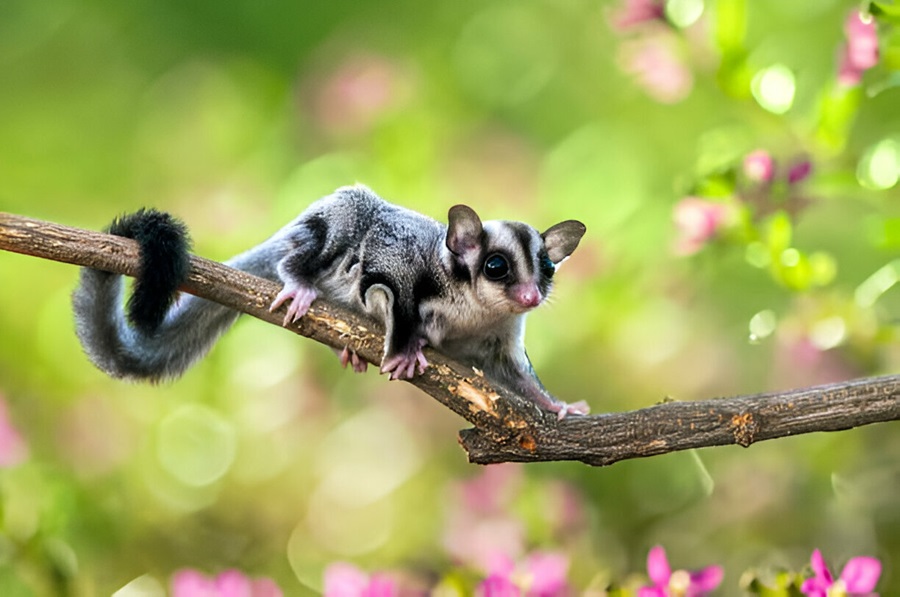
Anatomical Features
Mammals exhibit a variety of anatomical features that are adapted to their environments. The structure of limbs and body varies widely among species. For instance, the limbs of bats have evolved into wings for flight, while the limbs of whales have transformed into flippers for swimming. Mammals also possess specialized teeth, such as incisors, canines, and molars, which are adapted for different diets.
Physiological Features
Mammals are endothermic, meaning they maintain a constant body temperature regardless of the environment. This is achieved through various physiological mechanisms, such as sweating, panting, and shivering. The respiratory system of mammals is highly efficient, with lungs that facilitate gas exchange. Additionally, mammals have a four-chambered heart that ensures efficient circulation of oxygenated blood throughout the body.
Reproductive Features
Reproductive strategies among mammals vary. Monotremes lay eggs, marsupials give birth to underdeveloped young that mature in a pouch, and placental mammals have extended gestation periods with the young developing inside the uterus. Parental care is also a significant aspect of mammalian reproduction, with many species exhibiting nurturing behaviors to ensure the survival of their offspring.
Behavioral Features
Mammals display a wide range of behaviors, including complex social structures and communication methods. Social animals, such as wolves and elephants, live in groups and exhibit cooperative behaviors. Communication among mammals can involve vocalizations, body language, and even chemical signals. For example, dolphins use a series of clicks and whistles to communicate, while wolves use howls to coordinate with their pack.
Examples of Mammal Species
Terrestrial Mammals
Terrestrial mammals are adapted to life on land. Examples include lions, bears, and elephants. Lions, known as the kings of the jungle, live in prides and exhibit social hunting strategies. Bears, which are generally solitary, have adapted to a wide range of habitats from forests to arctic tundras. Elephants are known for their large size, intelligence, and complex social structures, often living in matriarchal herds.
Aquatic Mammals
Aquatic mammals have adapted to living in water. Examples include dolphins, whales, and seals. Dolphins are highly intelligent and social, living in pods and exhibiting complex communication and hunting strategies. Whales, the largest animals on Earth, are known for their long migrations and intricate songs. Seals have adapted to life both in the water and on land, with streamlined bodies for swimming and the ability to haul out onto ice or land to rest and breed.
Flying Mammals
The most notable flying mammals are bats. Bats are the only mammals capable of sustained flight, with wings formed from a thin membrane stretched over elongated fingers. They play a crucial role in ecosystems as pollinators and pest controllers. Some bats, like the fruit bats, feed on nectar and fruit, while others, like the vampire bats, feed on blood.
Specialized Mammals
Specialized mammals have unique adaptations that allow them to thrive in specific environments. Moles, for example, have adapted to a subterranean lifestyle with powerful forelimbs for digging. Armadillos have armored shells that protect from predators. These specialized adaptations allow them to exploit niches that other animals cannot.
Adaptations of Mammals
Physical Adaptations
Mammals have developed various physical adaptations to survive in their environments. Camouflage allows animals like tigers and deer to blend into their surroundings, avoiding predators or ambushing prey. Speed and strength are crucial for predators like cheetahs and lions, enabling them to chase down prey. Some mammals, like the porcupine, have developed defensive mechanisms such as quills to deter predators.
Behavioral Adaptations
Behavioral adaptations in mammals include migration, hibernation, and hunting strategies. Migration allows animals like caribou and whales to move between breeding and feeding grounds, taking advantage of seasonal resources. Hibernation is a survival strategy for mammals like bears and ground squirrels, allowing them to conserve energy during periods of scarce food. Hunting strategies, such as pack hunting in wolves or solitary stalking in big cats, are adapted to maximize the chances of capturing prey.
Environmental Adaptations
Mammals have adapted to a wide range of environments, from the arctic tundra to tropical rainforests. In deserts, animals like camels have adapted to conserve water and withstand high temperatures. In polar regions, mammals like polar bears have developed thick fur and fat layers to insulate against the cold. Forest-dwelling mammals, such as monkeys and sloths, have adaptations for climbing and living in trees.
Evolutionary Significance of Mammals
Mammals have a rich evolutionary history, tracing back to the Mesozoic era when the first mammals evolved from reptilian ancestors. Over millions of years, mammals have diversified into the wide range of species we see today. Their role in ecosystems is critical, as they often occupy key positions in food webs, acting as both predators and prey. Mammals contribute to biodiversity and ecosystem stability, with many species playing essential roles in seed dispersal, pollination, and soil aeration.
Threats to Mammals
Mammals face numerous threats, primarily due to human activities. Habitat loss, driven by deforestation, urbanization, and agriculture, is a significant threat to many species. Climate change is altering habitats and food availability, making survival difficult for some mammals. Human activities such as hunting, poaching, and pollution also pose significant risks. Conservation efforts are essential to protect endangered species and preserve biodiversity. These efforts include habitat restoration, legal protection, and breeding programs.
Conclusion
Mammals are an incredibly diverse and adaptable group of animals, with a wide range of types and characteristics. From the egg-laying monotremes to the highly developed placental mammals, each group has unique adaptations that enable them to thrive in their environments. Understanding the types and characteristics of mammals not only enriches our knowledge of the natural world but also highlights the importance of conservation efforts to protect these vital creatures. As we continue to study and appreciate mammals, it is crucial to take action to ensure their survival for future generations.
Read More:
List of 3 Letter Mammal Names
List of 4 Letter Mammal Names
List of 5 Letter Mammal Names
List of 6 Letter Mammal Names
List of 7 Letter Mammal Names
List of 8 Letter Mammal Names
List of 9 Letter Mammal Names

